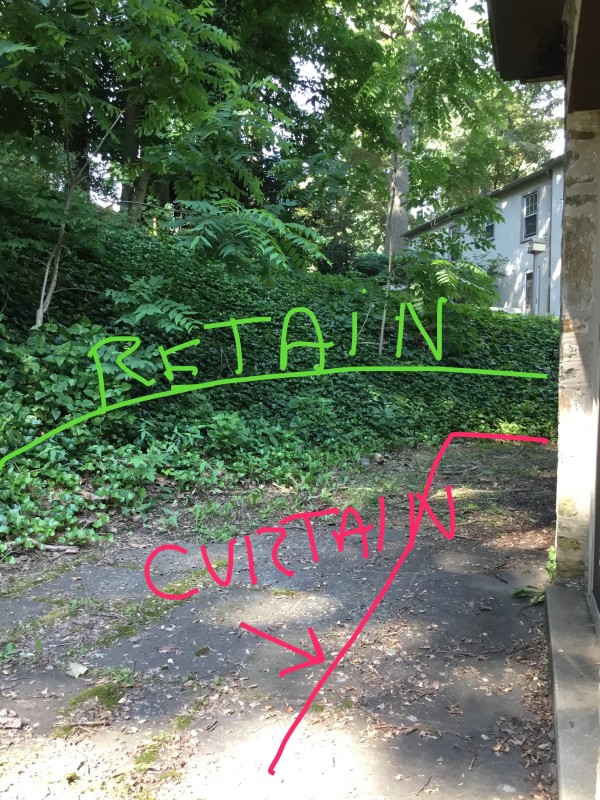I'd not worry about undermining the foundation due to this excavation to footing grade if there is no major flow of water encountered. A reasonably intact wall and "foundation" likely will not displace soil. That is what is called a soil rupture or shear failure. Such a condition is only possible if the soil is near a soup condition, about never happening. The main settlement problems come from the soil just becoming more compact with the footing pushing down.
I'd set the pipe at footing grade. I'd fill the trench up to what might be called "highest water coming in". That fill would be concrete sand, the simplest technique, most rapid, fool proof and cheapest. Following the comments on pea gravel and fabric is labor intensive and easily can be done wrong, takes longer and can invite cave in due to time taken to lay fabric, then pipe, gravel, and fabric. Suppose you are partly done and get cave in or big storm before the gravel is in or covered? A holy mess. Dig out and start over. With concrete sand, you can cover with sand as soon as each section is laid. Cave-in on that sand likely might not hurt, or can be removed later.
Final fill to grade can be what was dug out.
In summary, the interior footing settled examination by geotech might also involve him for these walls, but don't go for something without roper filters. That part of geotgech education usually is missed. The detail I'm going into here is much more than what the operators of this web site like to have us do. About all I'd like to leave is "don't forget filters".


